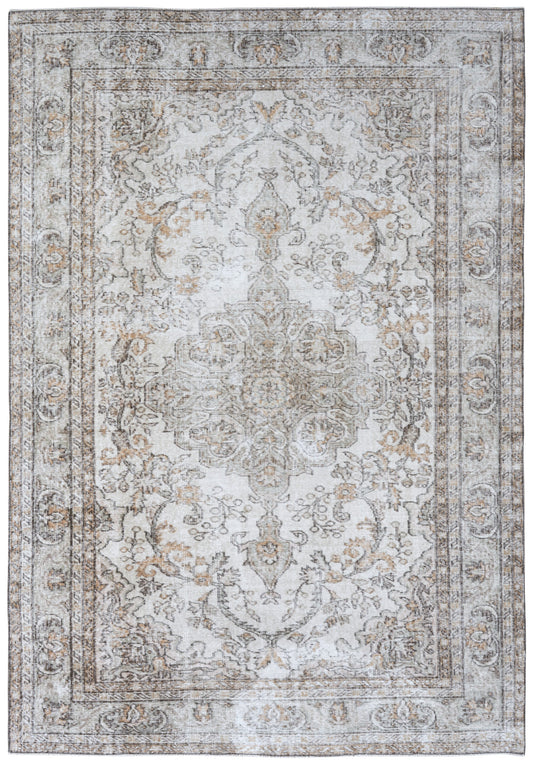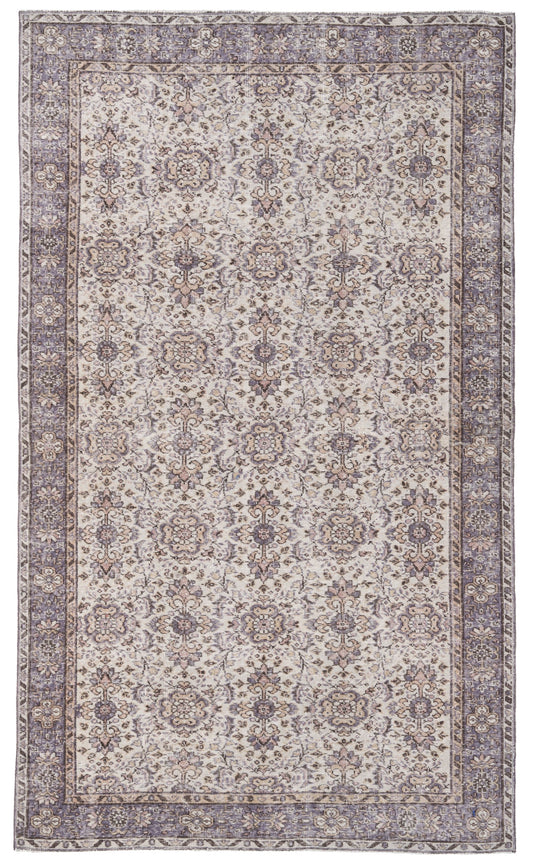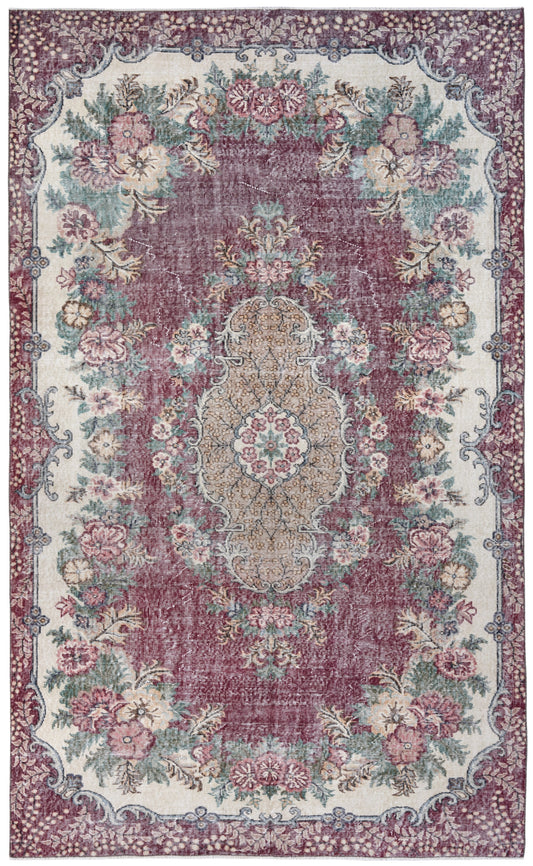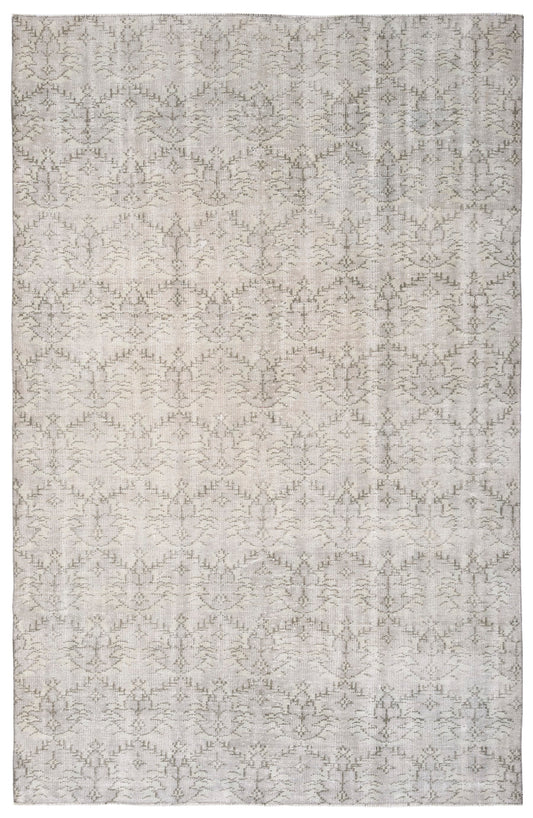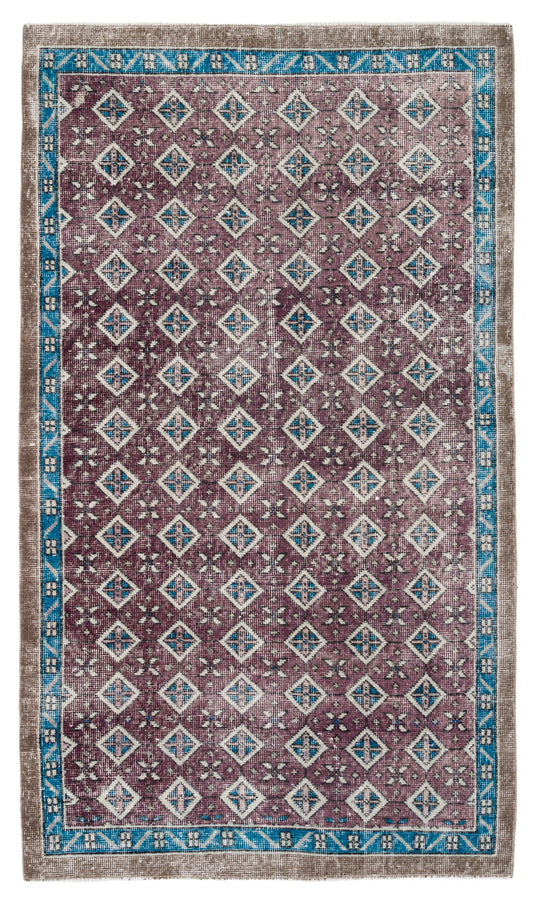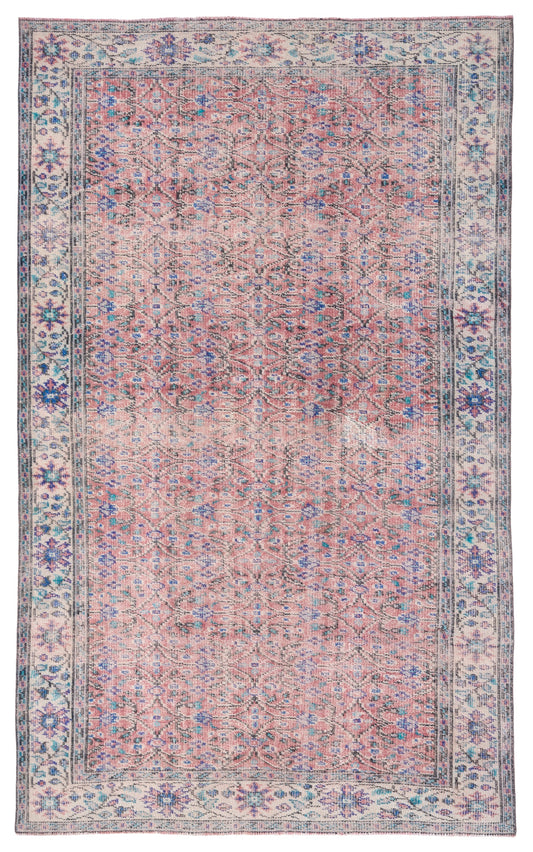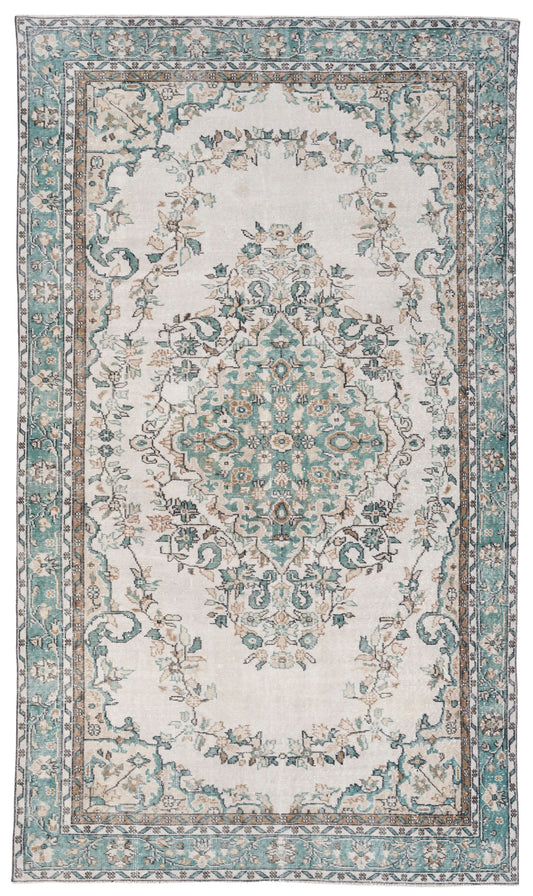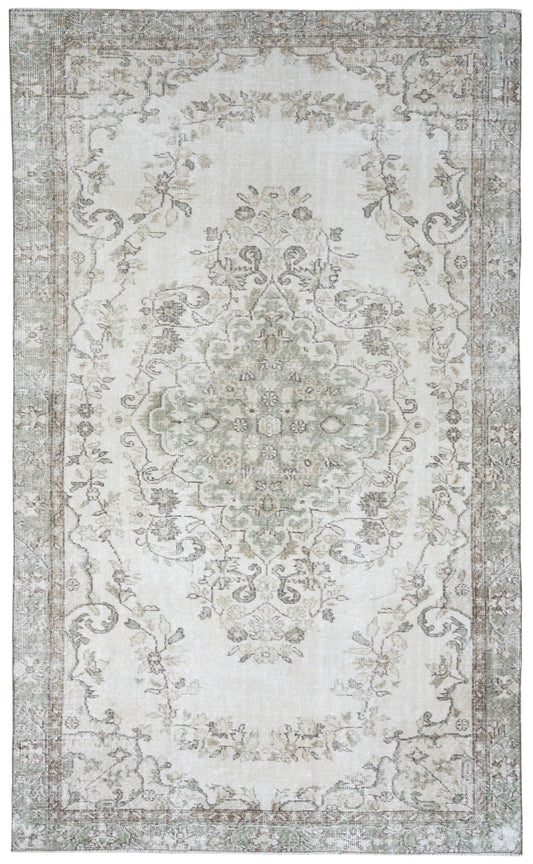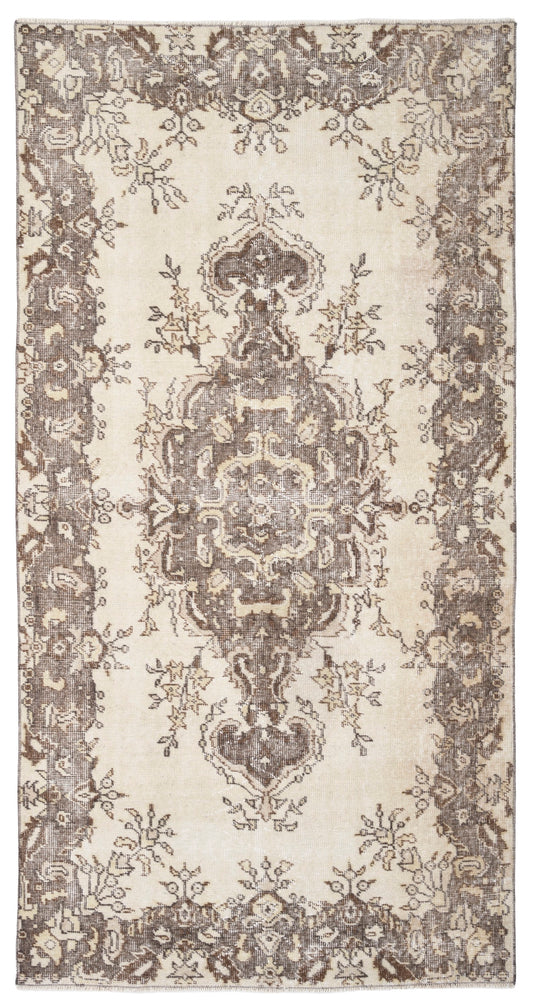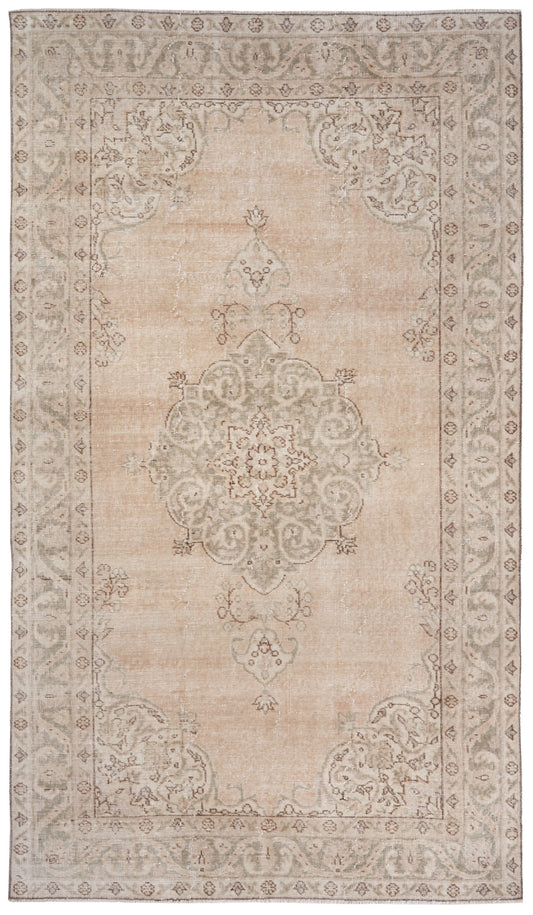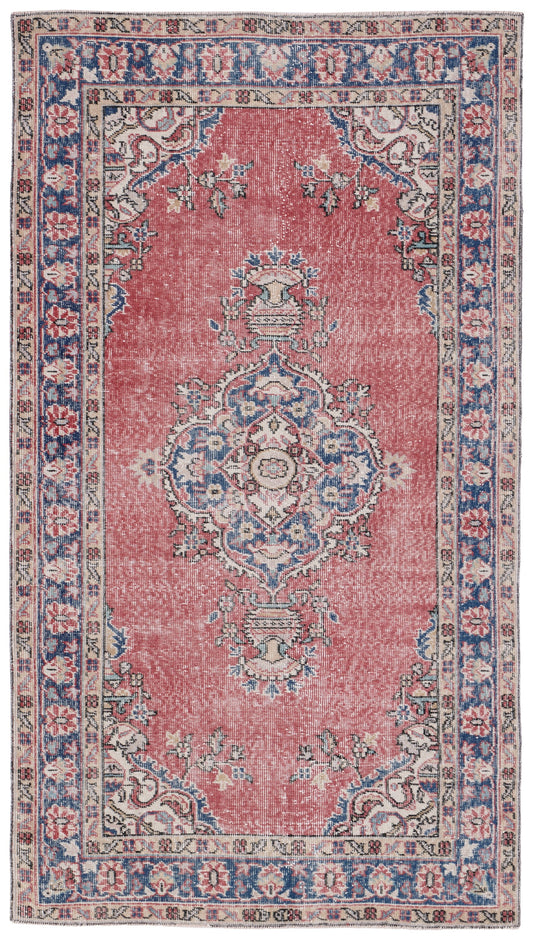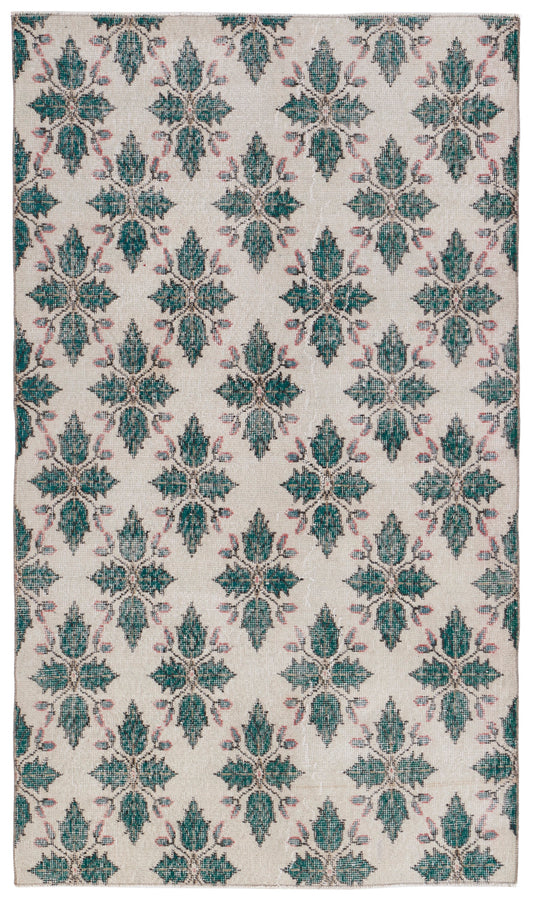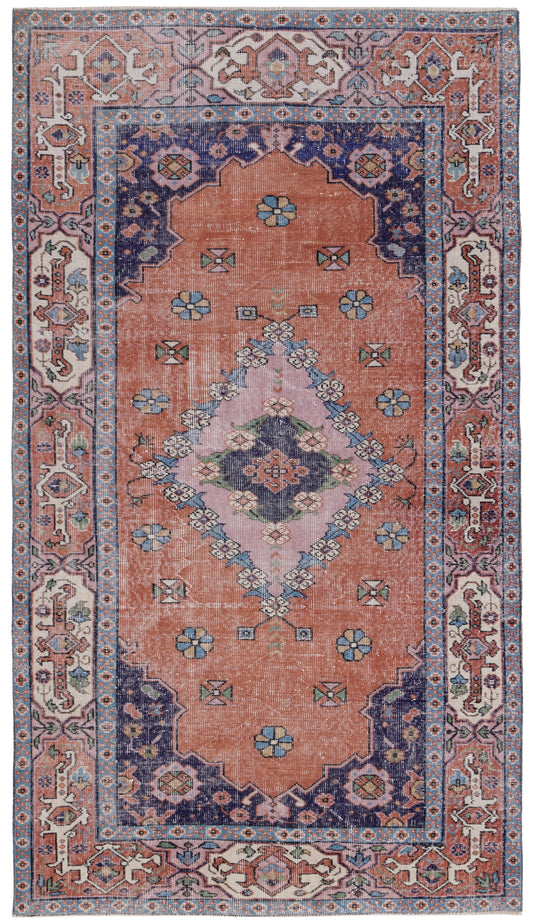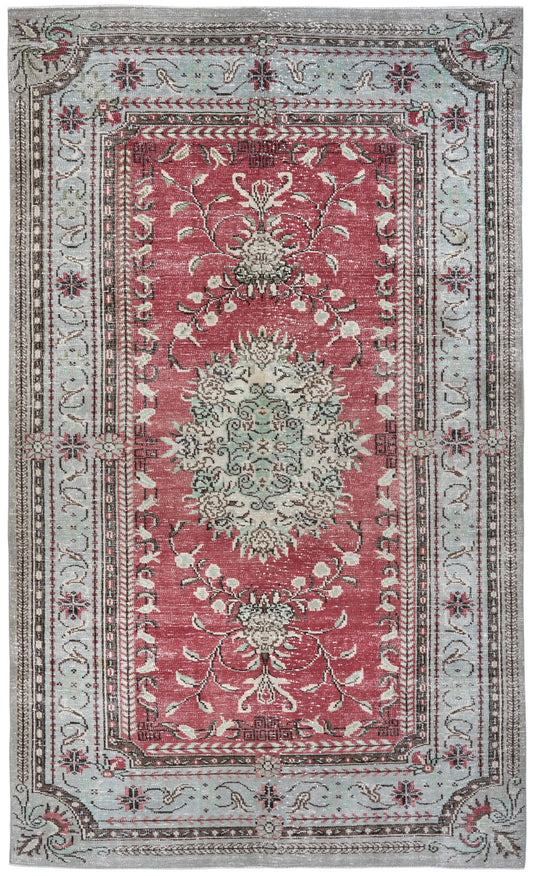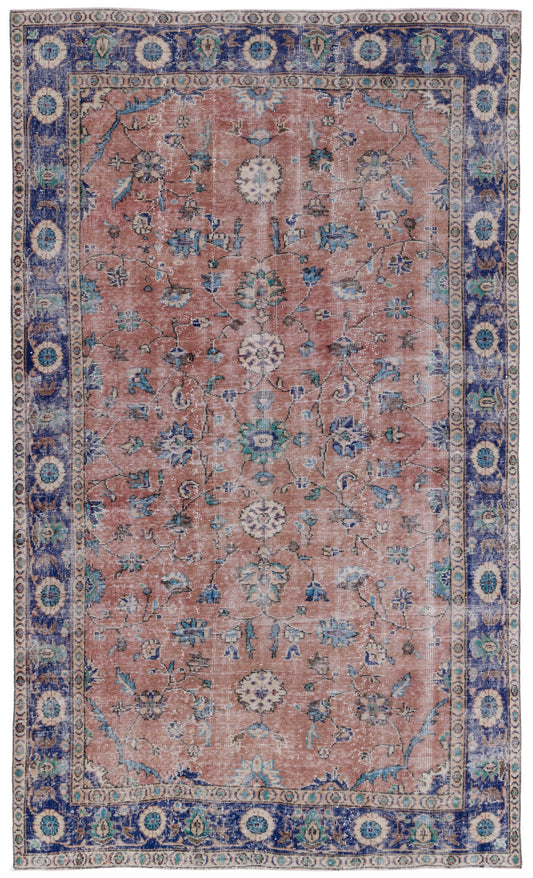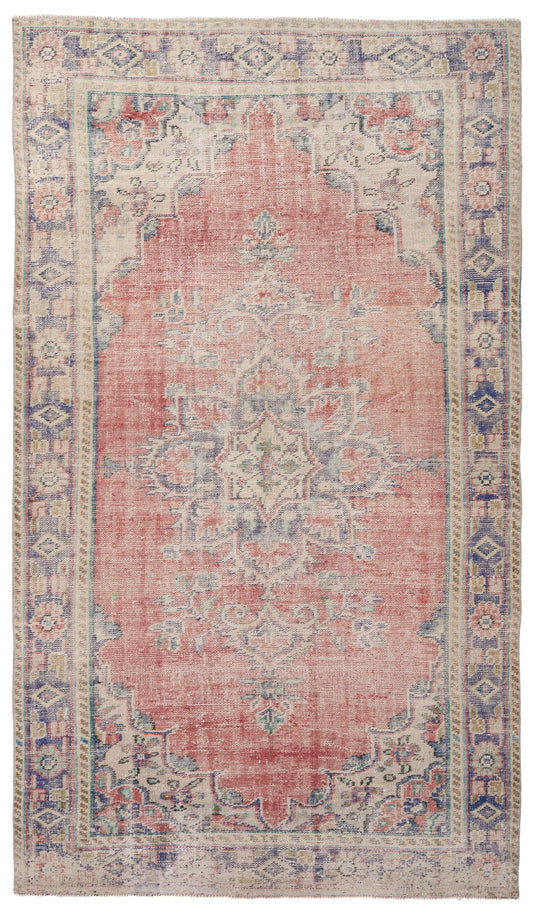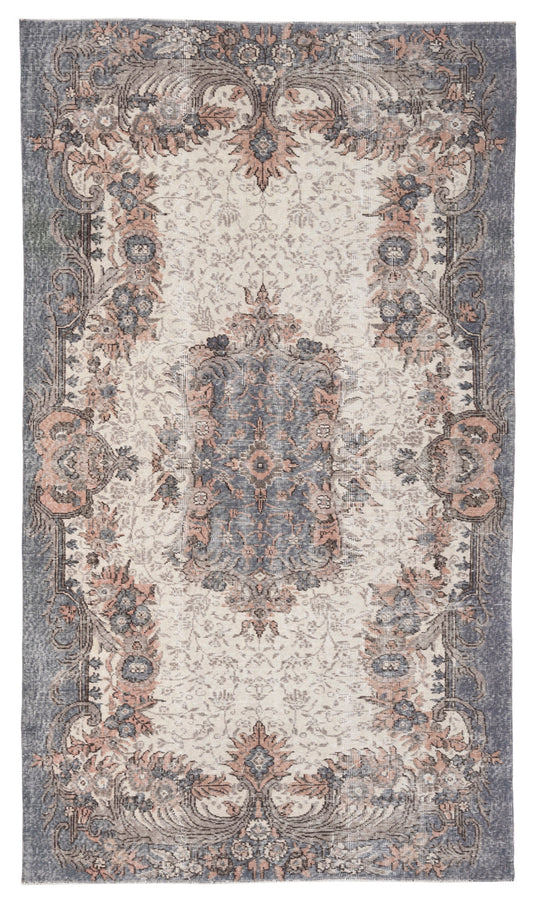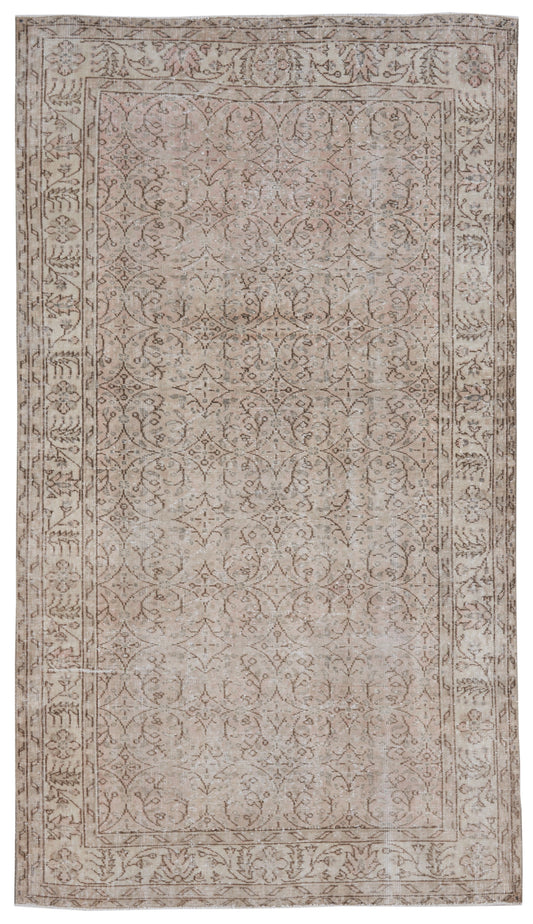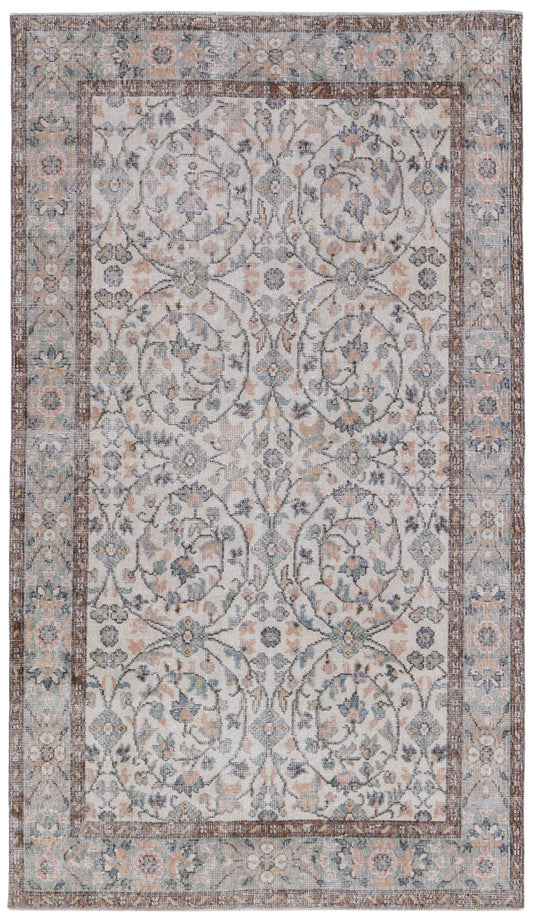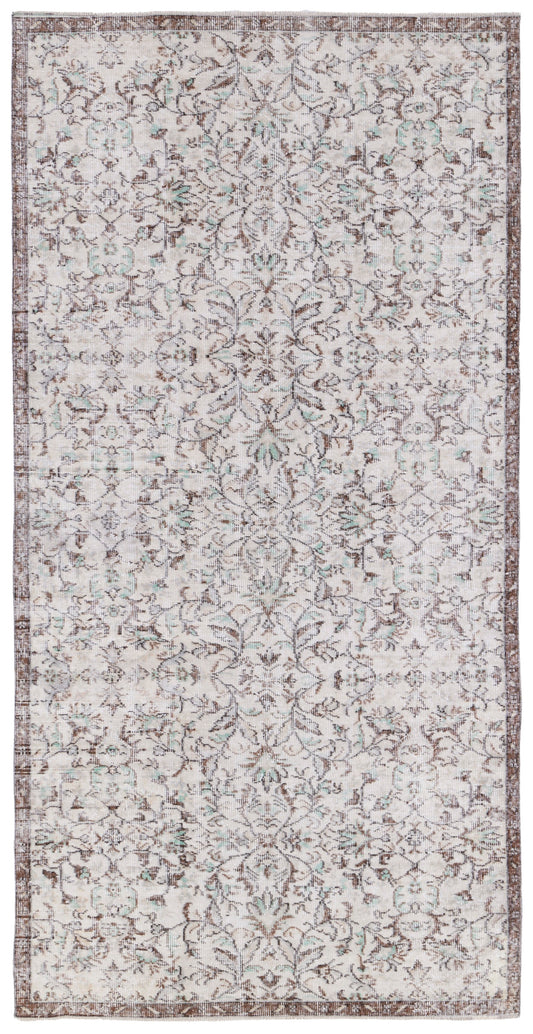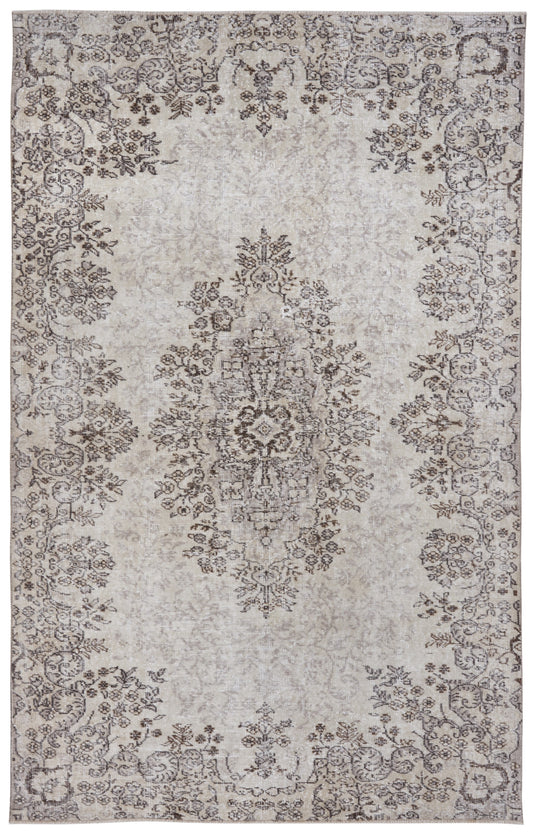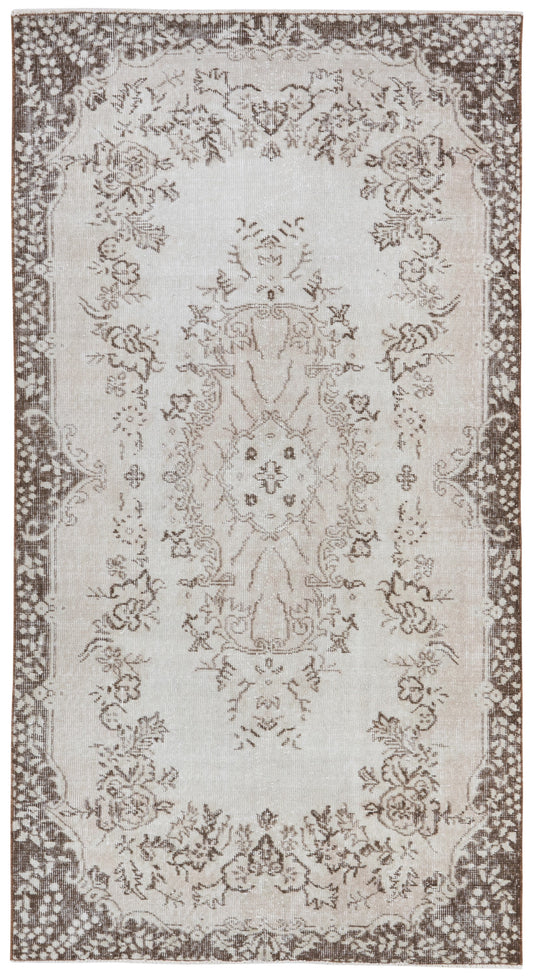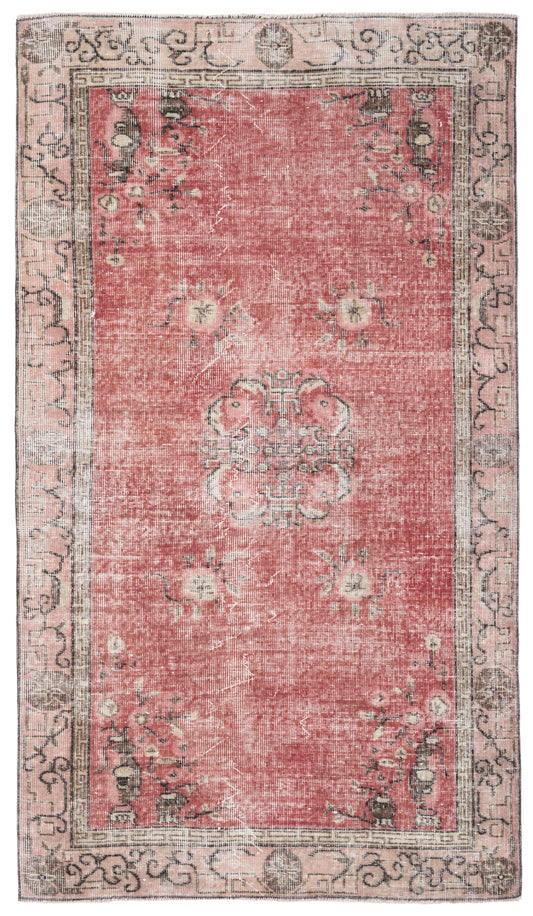Collection: Turkish Rugs
If you're someone with a taste for fine furnishing, adding a Turkish rug to your interior decor will undoubtedly bring an air of sophistication to your home.
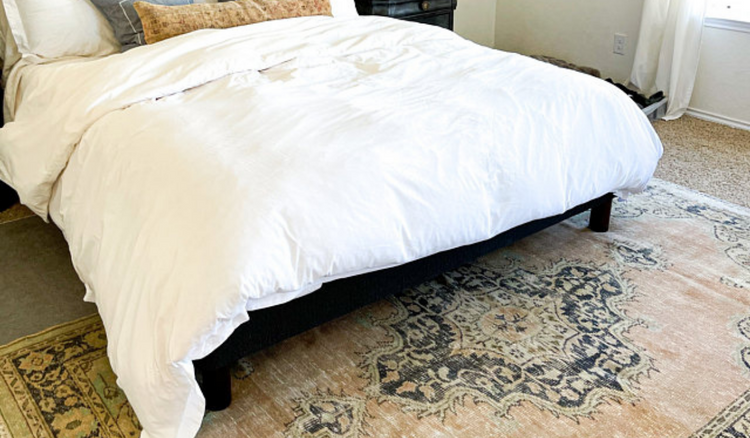
-
2653 - 6' x 8'10"
Regular price $490Regular priceUnit price / per -
3260 - 5'6" x 9'5"
Regular price $480Regular priceUnit price / per -
2522 - 6'5" x 10'3"
Regular price $610Regular priceUnit price / per -
3291 - 5'8" x 8'10"
Regular price $490Regular priceUnit price / per -
3119 - 3'5" x 6'
Regular price $280Regular priceUnit price / per -
3172 - 5'9" x 8'11"
Regular price $475Regular priceUnit price / per -
3151 - 5'10" x 10'
Regular price $540Regular priceUnit price / per -
2683 - 5'9" x 9'8"
Regular price $500Regular priceUnit price / per -
3121 - 3'9" x 6'11"
Regular price $240Regular priceUnit price / per -
2069 - 5'5" x 9'2"
Regular price $460Regular priceUnit price / per -
3564 - 4' x 7'1"
Regular price $260Regular priceUnit price / per -
T-3573 - 3'8" x 6'4"
Regular price $220Regular priceUnit price / per -
3456 - 4'5" x 7'8"
Regular price $350Regular priceUnit price / per -
2400 - 6'6" x 10'10"
Regular price $650Regular priceUnit price / per -
3533 - 5' x 8'4"
Regular price $450Regular priceUnit price / per -
3005 - 6'2" x 10'3"
Regular price $590Regular priceUnit price / per -
3146 - 5'1" x 8'10"
Regular price $420Regular priceUnit price / per -
1594 - 5'1" x 9'1"
Regular price $430Regular priceUnit price / per -
3556 - 4'7" x 7'9"
Regular price $330Regular priceUnit price / per -
3540 - 4'8" x 9'1"
Regular price $390Regular priceUnit price / per -
3020 - 3'10" x 7'2"
Regular price $260Regular priceUnit price / per -
1488 - 5'8" x 8'11"
Regular price $430Regular priceUnit price / per -
2282 - 3'9" x 7'1"
Regular price $250Regular priceUnit price / per -
3123 - 3'9" x 6'8"
Regular price $230Regular priceUnit price / per
Handmade Turkish Rugs
Turkish carpets are one of the well-crafted pieces of floor art because of their intricate patterns. Most Turkish rugs are unique. Every carpet tells its own story with its color scheme and design pattern. Moreover, it represents the entire Turkish culture passed to ev... Read More
Handmade Turkish Rugs
Turkish carpets are one of the well-crafted pieces of floor art because of their intricate patterns. Most Turkish rugs are unique. Every carpet tells its own story with its color scheme and design pattern. Moreover, it represents the entire Turkish culture passed to every generation.
Almost all of the vintage Turkish carpets originated in Turkey, but they can now be found around the world. They can be pretty expensive, but they are worth the investment. With proper care and maintenance, they will last long.
So, if you are looking for a luxurious addition to your home decor, traditional Turkish rugs are worth considering because of their beauty and durability.
What Are Turkish Rugs?
Turkish rugs are hand-knotted rugs that originate from Turkey. These are made from a wide array of weaving materials, including wool, cotton, and silk. Most popular styles of these types of vintage rugs have different vibrant color schemes that make them unique.
Some of these are considered antique because of their long history, and rug weaving back then was created for functional purposes. However, they have become more popular as works of art over time, with new styles being generated, whether machine-made or handmade.
If you are interested in getting your own Turkish carpet, there are many things to keep in mind, such as the following:
- You'll need to decide what material you want for your Turkish carpet. Wool rugs are the most common material, while other options include cotton and silk.
- Turkish carpets range in different sizes; thus, you need to decide how many square inch can fit on your floor. It is very important to measure the floor space first where you plan to put your carpet before getting one.
- Keep in mind that antique Turkish rugs can be quite expensive since most are made by hand. However, they are nice to have in your collection at home and last for many years.
The History of Turkish Rugs
Turkish rugs have a long and rich history. They have been around for centuries, and their history is closely intertwined with Turkish culture itself. It all started way back in Europe, specifically in the Ottoman Empire, where the first carpets were made to arrive in the 16th century.
The first Turkish carpets were produced by hand by the nomadic people who lived in Central Asia. These people were expert weavers, and each single rug maker could create sturdy carpets by just using wool as a material.
As the Turkish people settled down in their own country, their rug weaving techniques became more refined. In the 1700s, Turkish carpets reached the height of their popularity, and they were highly sought-after by wealthy people in Europe.
Decades after, almost all of the carpet business in Turkey experienced a period of political and economic turmoil. As a result, the production of Turkish carpets declined. However, in the early 1900s, the interest in making Turkish carpets was revived, and today, they are once again popular.
How Are Turkish Rugs Made?
Turkish rugs are typically made from wool, although some also contain silk and other materials. It will be dyed first using natural dyes, which give Turkish carpets their characteristic colors. Then it will be hand-woven into the desired pattern.
The construction of a Turkish rug can vary depending on the specific style of the rug. Oriental rugs, for example, are typically more intricate and detailed, while Kilim rugs tend to be more straightforward in design. However, regardless of the specific style, all Turkish carpets are made by skilled artisans who have been perfecting their craft for generations.
When shopping for a Turkish rug, it is important to choose one made from high-quality materials. Wool is the most durable option, so it is a good choice if you are looking for a rug that will last for many years. Silk is another popular option, but it is not as durable as wool and may require more care over time.
How to Verify the Authenticity of Vintage Turkish Rugs?
There are many ways to identify a genuine Turkish carpet:
- You need to find out where the carpet is produced. Only carpets that are manufactured in Turkey are considered authentic.
- Make sure that these are handmade and not machine-made. Machine-made carpets are mostly produced in the United States and other countries in Asia and Europe.
- Check out the material of the carpet. Turkish carpets are made from wool and sometimes cotton and silk. Any synthetic material is an indication that it is not genuine.
- Turkish carpets vary in thickness, but authentic ones are generally thicker since they are double-knotted.
- The carpet should have a higher knot count per square inch. The more the knots are woven, the more it indicates finer workmanship, making it more authentic.
When looking for a genuine Turkish carpet, it's important to buy from a reputable shop. Unfortunately, there are many fake Turkish carpets on the market, so you'll first want to search for a trusted dealer. You can also look for certification from the Turkish government or a respected carpet organization in Turkey.
When purchasing a Turkish carpet, it's important to keep in mind that you're making a long-term investment. With proper care, your carpet will last for many years. Be sure to vacuum regularly and have it professionally cleaned every few years.
How to Choose the Perfect Turkish Rug
There are many different styles of Turkish carpets available on the market today. However, the most common styles are the Oriental carpets, which feature intricate designs and beautiful colors. These carpets are perfect for adding a touch of elegance to any room.
Among them are antique Turkish rugs like Oushak, Kilim, and Soumak.
- Oushak rugs are characterized by their large size and complex designs. In addition, they are often made from wool or cotton, which can get a high price.
- Kilim rugs are thinner than Oushak rugs and have a flat weave, and they come in a variety of colors and patterns.
- Soumak rugs are characterized by their thick, stiff weave, and they can be quite valuable.
When you're choosing a Turkish rug for your home, it's important to consider the style of your decor. If you are a bit traditional, traditional Turkish rugs such as Oushak or Kilim would be a good option. If you have a more modern decor style, Contemporary Turkish rugs such as a Soumak carpet would be a nice fit.
In addition, you'll want to select a carpet that complements your furniture and overall design scheme. With so many different styles of vintage Turkish rugs available, it's easy, not that hard find one that will fit perfectly into your home decor. The most important thing is to find a carpet that you love to fit into your home décor.
The Benefits of Owning a Turkish Rug
According to interior designers, a good choice to improve your home setting is to get a Turkish carpet since it will give you benefits such as the following:
- It will make the ambiance of your living room more lively, and you can choose to hang it on walls or use it on floors.
- It doesn't age quickly, and its life will last for many years, proving that it is a worthwhile investment.
- The accent of its colors will add a touch of elegance to any room.
How to Match a Turkish Rug to Your Interior Design
As you probably noticed, more and more people are quite obsessed with all things Turkish - the culture, food, music, and of course, carpets! A rising number of individuals have now been collecting Turkish carpets for their homes over the past few years, and they love their collection so much.
If you are thinking of matching a Turkish carpet to your home decor, there are a few things to consider when choosing the right one. First, you need to decide what style of carpet you want. There are two main types of Turkish carpets: Oriental carpets and Kilim carpets.
Oriental rugs are typically more formal and feature intricate designs, while Kilim rugs are more casual and often have simpler patterns. Once you have decided on the style of rug you want, the next step is to choose the right size. You don't want to end up with a rug that is too small or too large for the space.
Finally, you need to consider the overall design of your home. If you have a more formal décor, an Oriental carpet would be good. If you prefer a more casual look, a Kilim carpet would better suit your needs.
How to Take Good Care of Your Turkish Rug
Once you have chosen the perfect Turkish carpet for your home, it is important to know how to care for it properly so that it will last for many years.
The first step in caring for your Turkish rug is to vacuum it regularly. This will help remove any dirt or dust accumulated on the rug's surface. Be sure to use a soft brush attachment when vacuuming not to damage the fibers.
In addition to vacuuming, you should also have your Turkish rug professionally cleaned every few years. This will help remove any deep-seated dirt or stains that cannot be removed with vacuuming alone. When choosing a professional cleaner, find one specializing in cleaning Oriental rugs.
Finally, it is important to protect your Turkish carpet from sunlight. Exposure to sunlight can cause the colors of used rugs to fade over time. If possible, place your carpet in a room that does not get a lot of sunlight. Alternatively, you can use blinds or curtains to filter the light when necessary.
By following these simple steps, you can keep your Turkish carpet looking beautiful for many years to come.

